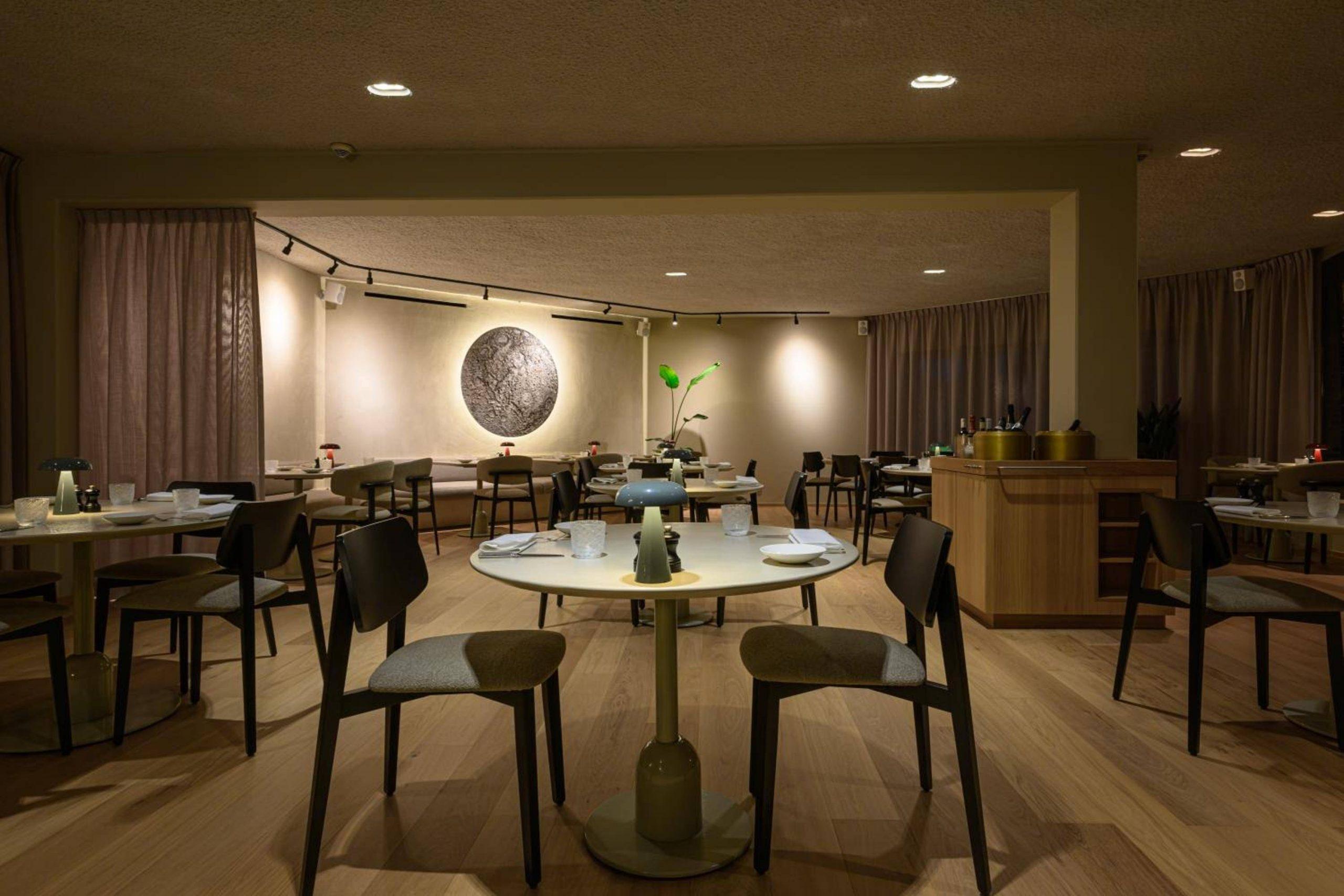The Evolving Landscape of Genk

Introduction
Genk, a city located in the Limburg province of Belgium, has recently become a focal point of both cultural and economic transformation. Historically known for its coal mining, the city has been undergoing significant changes, adapting to modern challenges while preserving its rich heritage. This evolution is essential not only for Genk’s residents but also serves as a model for other post-industrial cities seeking renewal.
Recent Developments
In the past few years, Genk has witnessed an impressive revitalisation of its urban landscape. The city government has focused on sustainable development and innovation, which has been reflected in various projects. The former mining sites have been transformed into green spaces and cultural centres, thereby enhancing the quality of life for residents. The construction of the Genk Cultural Centre has also attracted a range of artistic performances and exhibitions, helping to foster a vibrant local arts scene.
Furthermore, Genk is strategically investing in technology and education to bolster its economy. Initiatives such as the establishment of research parks and partnerships with universities have placed Genk on the map as a hub for innovation and entrepreneurship. The presence of multinational companies and start-ups is providing new job opportunities, attracting a diverse workforce and contributing to the local economy.
Social and Cultural Impact
Genk’s multicultural backdrop enriches the city’s social fabric. The influx of immigrants has created a vibrant community, showcasing a blend of languages, cuisines, and traditions. Local festivals such as the Genk International Festival celebrate this diversity, illustrating the city’s commitment to inclusivity. These cultural events not only help to unify various communities but also draw tourists, further boosting the local economy.
Conclusion
The transformation of Genk from a coal mining town to a modern urban centre highlights the importance of resilience and adaptability in the face of changing economic landscapes. Looking ahead, Genk aims to position itself as a leading example of sustainable urban development, combining heritage conservation with modernisation. For readers, tracking Genk’s journey offers valuable insights into strategies that other cities can employ to navigate post-industrial challenges successfully. As Genk continues to evolve, it promises to remain a noteworthy case study in urban renewal and economic diversification.
